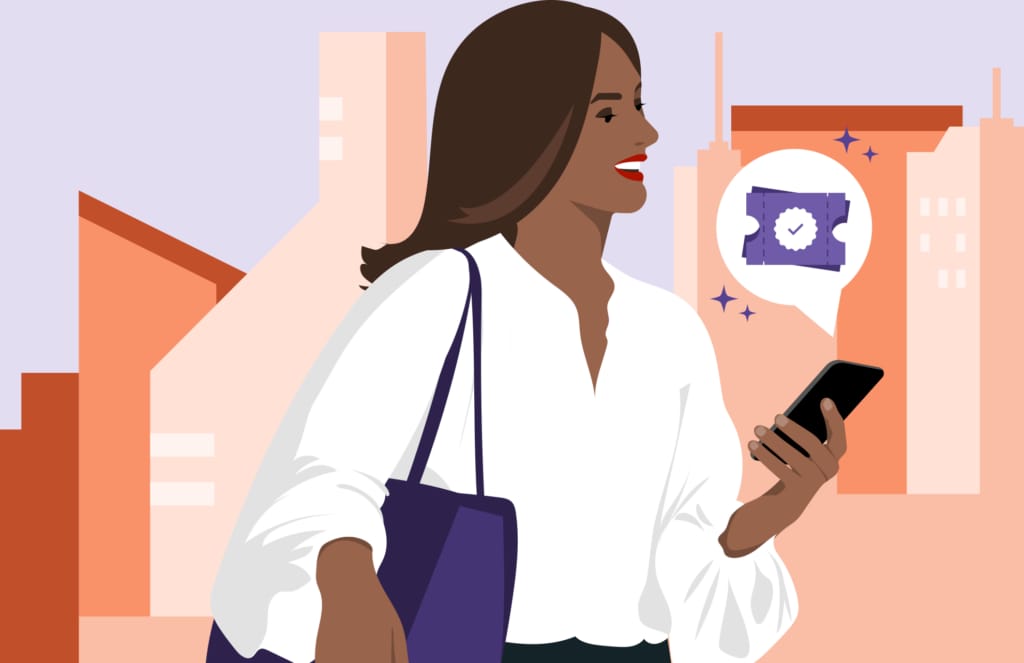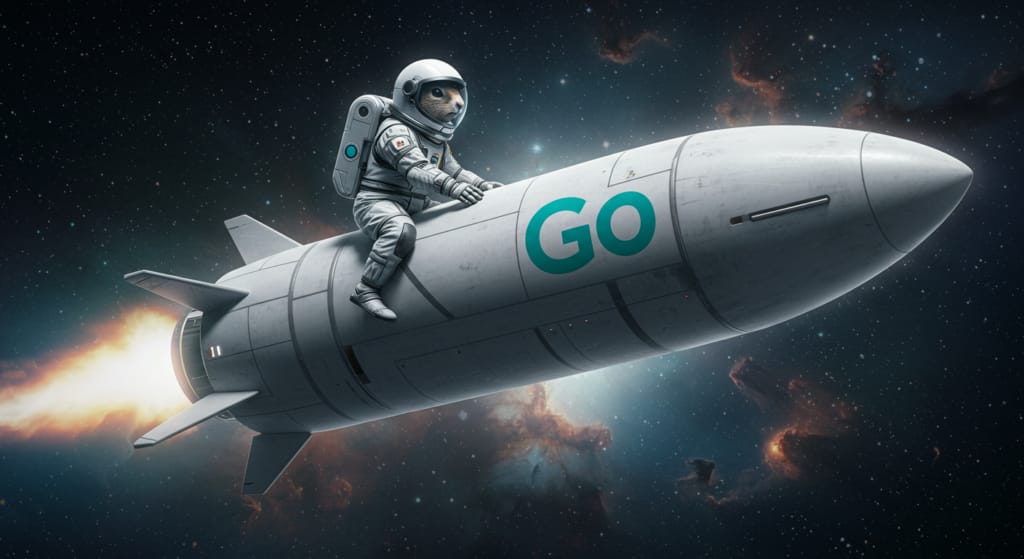
Starting Tuesday, October 13, we’re introducing upfront pricing in Quebec. Before booking a trip with upfront pricing, riders are shown the price they’ll pay at the end of the ride, and not an estimated price range. The result? Riders feel more confident taking trips when they have the information to make better decisions and drivers get more opportunities to earn. In fact, we’ve seen in other Canadian cities that riders are more likely to take a trip when they know the total cost before requesting, especially during busy times.
We know understanding how fares are calculated is an important part of driving with the Uber App, so we wanted to take the opportunity to better explain upfront pricing.
How is upfront pricing calculated?
Many data points go into calculating an upfront price. It’s based on the estimated trip time and distance from origin to destination, including the impacts of local traffic and how many riders and nearby drivers are using Uber at that moment (e.g. surge). It also includes any applicable tolls, taxes, surcharges, and fees.
When upfront pricing is adjusted
The rider upfront price may change if a rider adds stops, updates their destination, or the route changes significantly. The upfront price will be adjusted to reflect the actual time and distance of a trip when:
- The pickup or drop-off location changes significantly – for example, if a rider edits their original pickup points or destination.
- There’s an unexpected detour that makes the trip much longer.
- The trip takes significantly longer than expected – for example, if there is unexpectedly heavy traffic and it was not factored into the original fare calculation. Please note that traffic patterns are factored into the upfront price calculation.
- The rider adds or removes a stop while on trip.
Frequently asked questions
- How does upfront pricing work with surge?
Upfront pricing does not change the way surge works. The trip fare shown to the rider will continue to vary depending on the number of riders and nearby drivers using Uber at that time. At the end of each trip, you’ll get the trip amount paid by the rider, minus applicable fees.
- What if a rider wants to add a stop(s)?
Down Small Riders are able to add multiple stops to their trip directly in their app. When this happens, the upfront price will be adjusted to reflect the new route’s time and distance. We’re educating riders about how to use this feature, and you can too!
- What if a rider changes their destination?
Down Small If a rider wants to change their drop-off location, they can do so directly in their app. Once again, the upfront price will be adjusted to account for this scenario.
- Why are you launching upfront pricing?
Down Small Upfront pricing helps create certainty for riders. From launching upfront pricing across other Canadian cities, we’ve seen that riders are more likely to request a trip when they are shown an exact fare (like $15) rather than an estimated price range (like $12–$20). More certainty means more trip requests and more business for drivers.
- Will all ride options have upfront pricing?
Down Small Yes, all ride options, except Uber Taxi, will have upfront pricing.
- Have you changed the way you actually calculate driver fares?
Down Small No, the way driver fares are calculated is not changing. Upfront pricing takes into account factors that typically affect the price of a trip, including the expected travel time, distance, and traffic, as well as how many other riders are requesting rides that time, and how many drivers are nearby.
Posted by Anton Sakiz
Get a ride when you need one
Start earning in your city
Get a ride when you need one
Start earning in your city
Related articles
Most popular

A beginner’s guide to Uber vouchers for riders

Automating Efficiency of Go programs with Profile-Guided Optimizations

Our guidelines for trip requests from minors

Enhancing Personalized CRM Communication with Contextual Bandit Strategies
Products
Company
